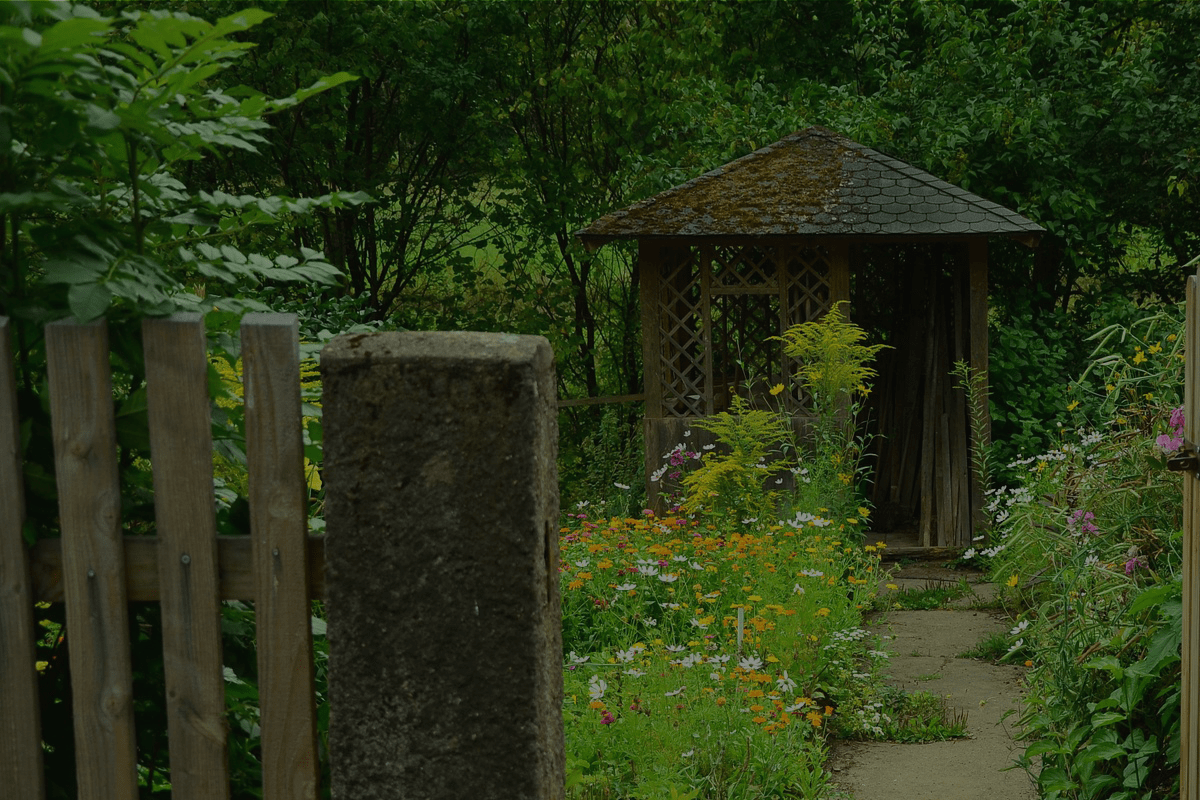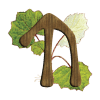
The Layout of the Garden
Magic Garden | Garden Layout | Selecting Plants | Preparing the Soil | Planting
Magic gardens are rarely formal affairs, laid out in intricate knot or maze patterns. Most are fairly organized plots arranged in a circular shape, the circle being the ancient symbol of fertility, reincarnation and eternity. Some ambitious Witches fashion their gardens to resemble stars, suns and crescent moons.
The basic equipment needed here is a vivid imagination and a large supply of flat rocks, which are used to mark out the borders. With this type of garden, the idea is not merely to please the human eye, but also those forces that watch over us.

When you have decided on a pattern, or none at all, get a good book on herb gardening. Check the average heights of the herbs you wish to grow, and also any specific needs, such as shade, half-sun, full sunlight. Try to position herbs of like heights next to each other. Make a rough sketch of the area you have to garden and pencil in herbs as you decide on positioning.
There are traditional guidelines to follow here. Basil doesn’t grow next to any other plant, so it is usually grown in a pot near the house. Sage and rue grow well together, as do coriander and dill. Mint and parsley dislike each other’ company.
If you’re going to plant trees set the cypress to the North, elder to the East, bay laurel to the South and willow to the West of the garden. If you must have a yew tree plant it in the South-West corner of the property. A maple or apple planted near the house is beneficial. But make sure that these trees will not shade the garden, for many herbs crave full, direct sunlight.
When the garden plan is firmly in mind, and on paper, collect the seeds and plants. Before they can be planted the ground must be prepared.
